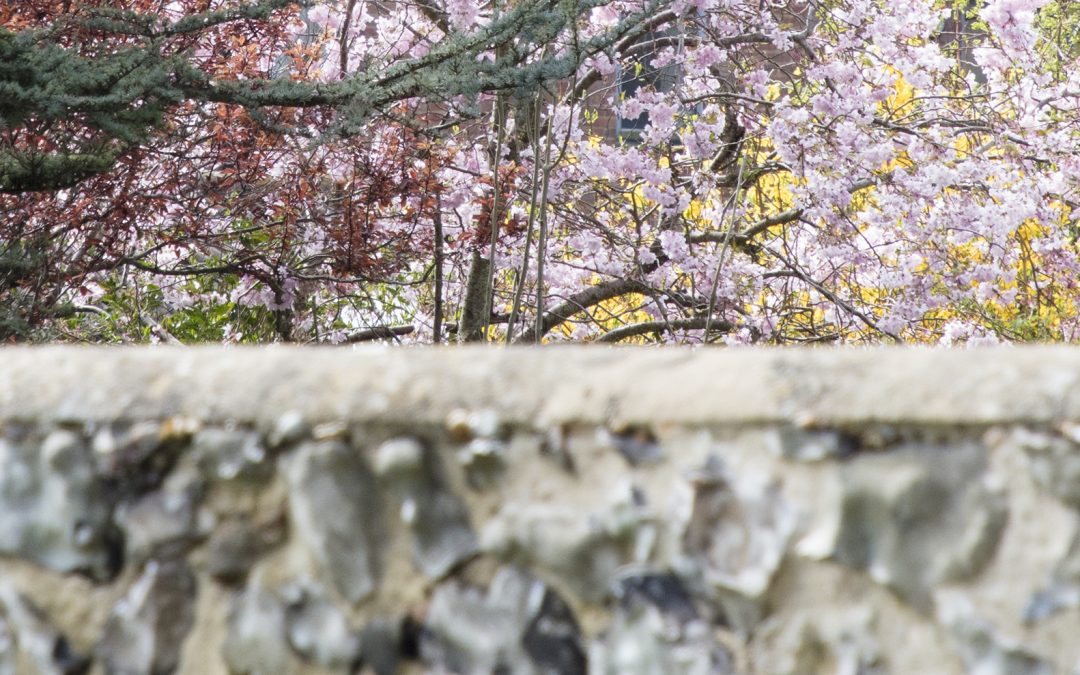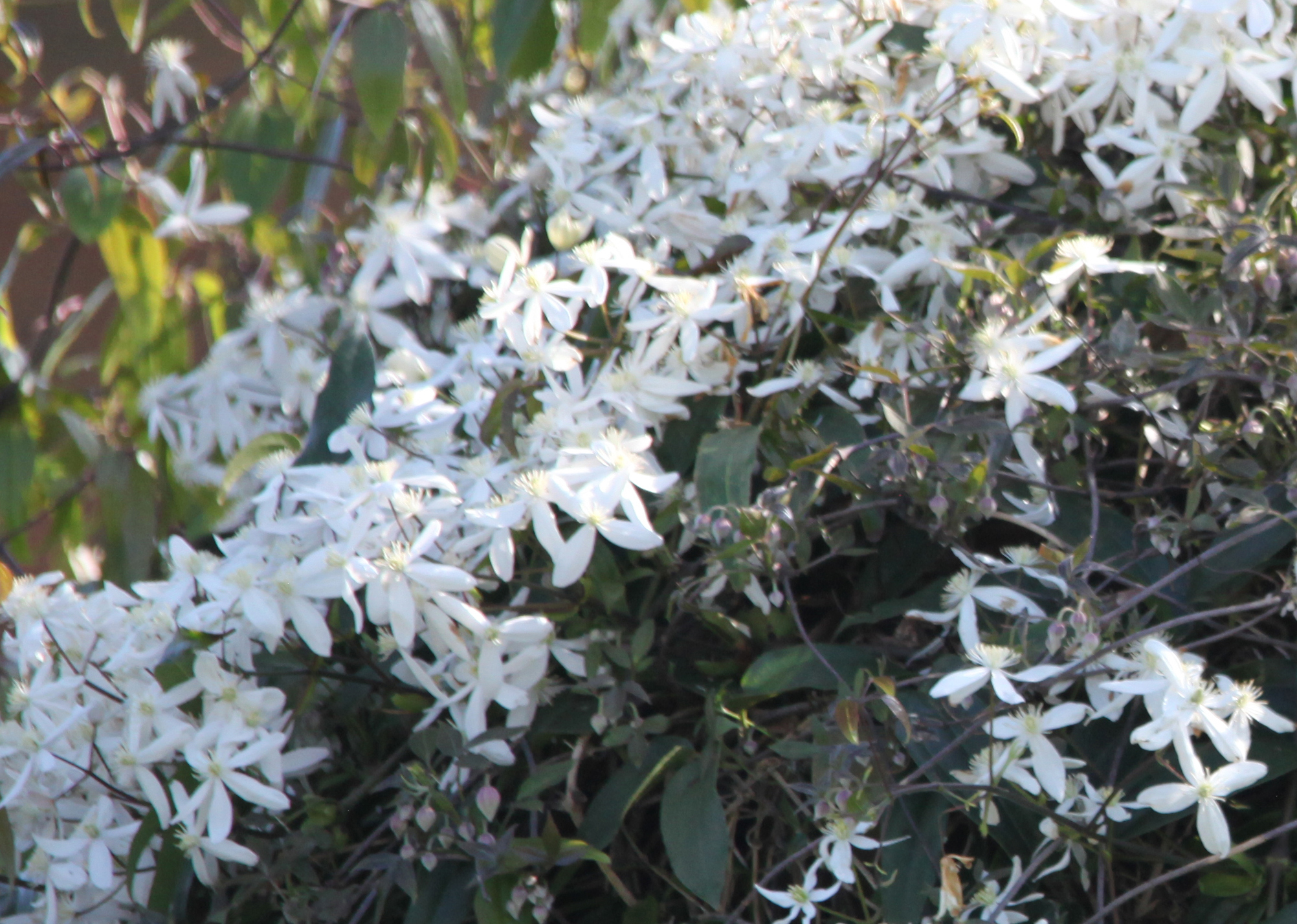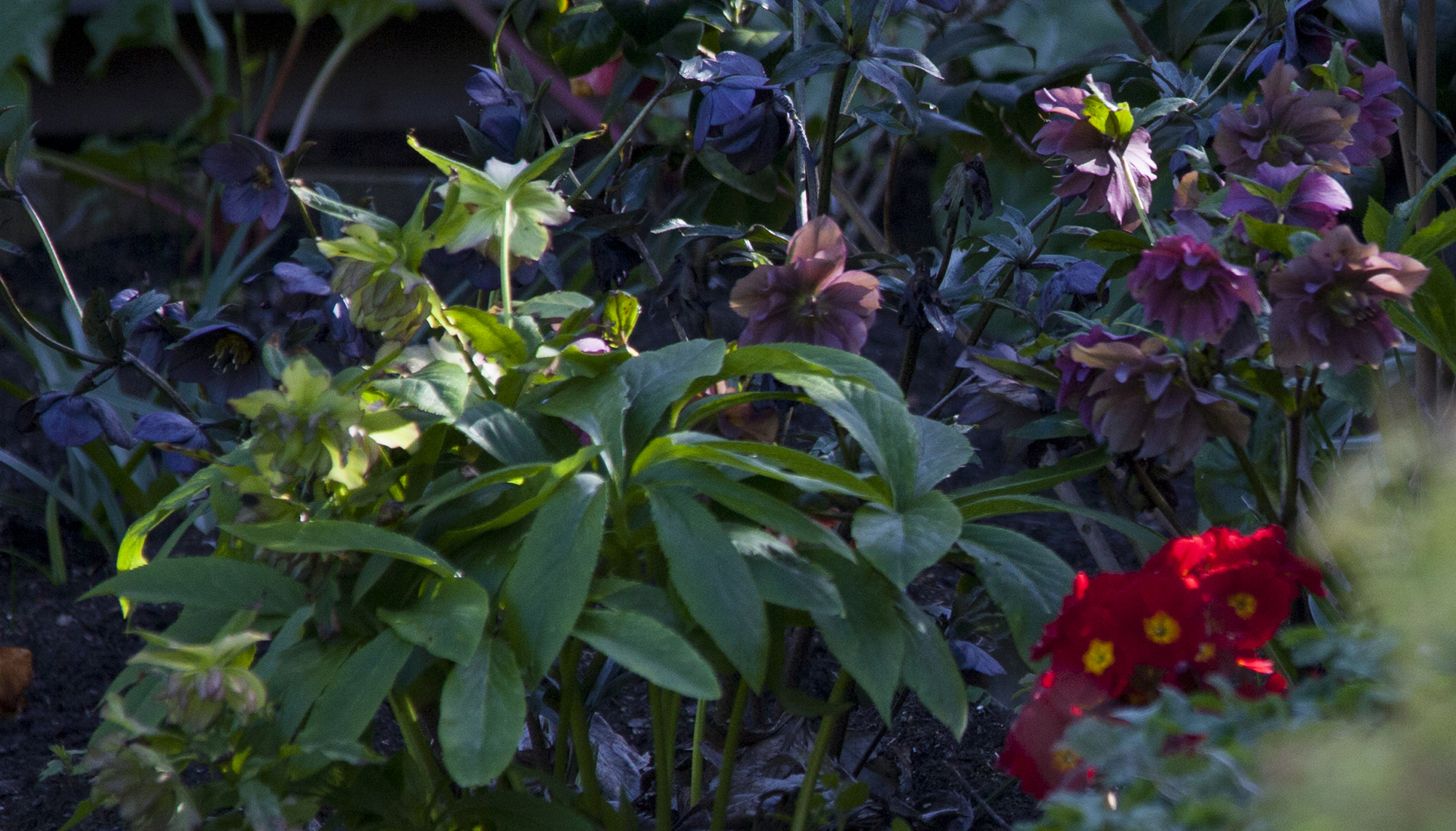We live in a world of ‘alt: news’ apparently, this being a world where people cannot tell fact from fiction. Supposedly an ‘alternate reality’ in which how they see the world is not the same as how you might see the world. I accept that all facts are capable of interpretation in different ways. For example, Custer’s Last Stand is an heroic episode in the history of the 7th Cavalry, or alternatively the needless deaths of many men led by a flamboyant ego-centric buffoon, or again alternatively a great victory for native Americans over immigrant oppressors. You take your pick, but these are all different interpretations of facts – and none changes the death toll, location of the battlefield or the protagonists.
Politicians have become adept at changing the view of facts, a process they and their PR people call ‘spinning’. Where this recognition of spin goes wrong is when the facts that are the subject of interpretation are themselves twisted or changed to match the desired end. Twisting the facts, presenting an ‘alternative reality’, is a favourite game of siblings. “I didn’t do it, he did” (substitute for ‘he’ the younger sibling, or the dog, or a neighbour’s child). I was always taught that this was called ‘a lie’, and the exemplar I was given was that of Washington’s confession that it was, indeed, he who cut down the cherry tree “I cannot tell a lie…I did cut it with my hatchet” as illustrated in my ‘Boys Book of Heroes’, an early gift from my father.
Science is held up as an area where facts are unchangeable, but this too is a myth, as the current debate over obesity and diabetes shows, where carbohydrates are rapidly being shown as the villain of the piece. Look back through history and science is revealed as a much a victim of spin as any other profession. It was believed when steam trains were being prototyped that travellers going over 30 miles an hour would not survive the experience, and we see opponents of the proposed Pennine mag-lev rail tunnel saying that their speeds too would mean death to the passengers.
Intelligent people test information against their own knowledge. This is fine if they have the knowledge and expertise to do so, but not so good when they lack that knowledge but work for a national newspaper or the President of the United States. Then stupidity, or the person being too dishonest to recognise their own limitations and accept interpretations of experts, can lead to momentous decisions being made individually or en-masse based on fallacious assumptions.

Red and yellow – two primaries. A primary is defined as a colour that cannot be made by mixing other colours, and hold true with pigments
This is true in the field of art as much as it is in any other area of intellectual endeavour (intellectual simply means relating to the intellect: “children need intellectual stimulation” synonyms: mental · cerebral · cognitive · rational · psychological · abstract · conceptual · theoretical · analytical · logical · academic). Art is an area of subjective personal intellectual pursuit of perceived truth, creating new ‘facts’.
I have been asked by my partner to join her quiz team for the evening. I am wary of this because previously I was a member of a team that came last because of our differing understanding of what constituted a ‘fact’. We were two educated to Ph.D. level, two others educated to Masters level yet we finished last. One question I had trouble with was “Name the three primary colours?”. This is where comparative realities kicked in, for the question was framed by someone from the digital generation whose experience of colour came mainly through electronic media, and their understanding or primary was different to the one I had been teaching for years in art college.
I, of course, am a Neanderthal whose upbringing predates the digital and my understanding of primary colours, learned in school science classes and at art school, was of colour in the physical world, the colour of light. “Ah”, I hear you say “both real world and digital use light to show colour” and that is factually true. But in the real world the light originates from the sun, whilst in the digital world light is created within devices using complex electro-mechanical process I fail to understand.
In the real world, the spectrum is spit when light from the sun hits something prismatic. The is seen most obviously in the rainbow, and we all learn to litany of ROYGBIV to describe the colour bands – remembered by many as Richard of York Gave Battle In Vain, red/orange/yellow/green/blue/indigo/violet. Isaac Newton split the spectrum into five main colours in 1672, later increasing it to seven analogous to a musical scale. The question of whether everyone sees seven colours in a rainbow is related to the idea of ‘Linguistic relativity’. Suggestions have been made that there is universality in the way that a rainbow is perceived, but we are cast back into the world of ‘alt: facts’ This is how paint works, and is different to the colour mixing on an electronic screen which is achieved with RGB (red/green/blue). Wikipedia has an excellent wiki on the subject.
It is sufficient for me to say I see primary colour as those related to light and human perception, and to that which works with my artists’ palette. My use of colour in turn reflects my own visual ability, my own reality. Perhaps every artist is their own personal ‘Trump’ and they show their alternate realities in their painting, but because art is generally not seen as life threatening and often creates beauty this reality is objectively enjoyed by others. If you consume art you choose your own ‘Trump’ to follow, diving into their reality.
The difference between art and politics is art rarely kills or impoverishes, whereas politics often does both.





Recent Comments